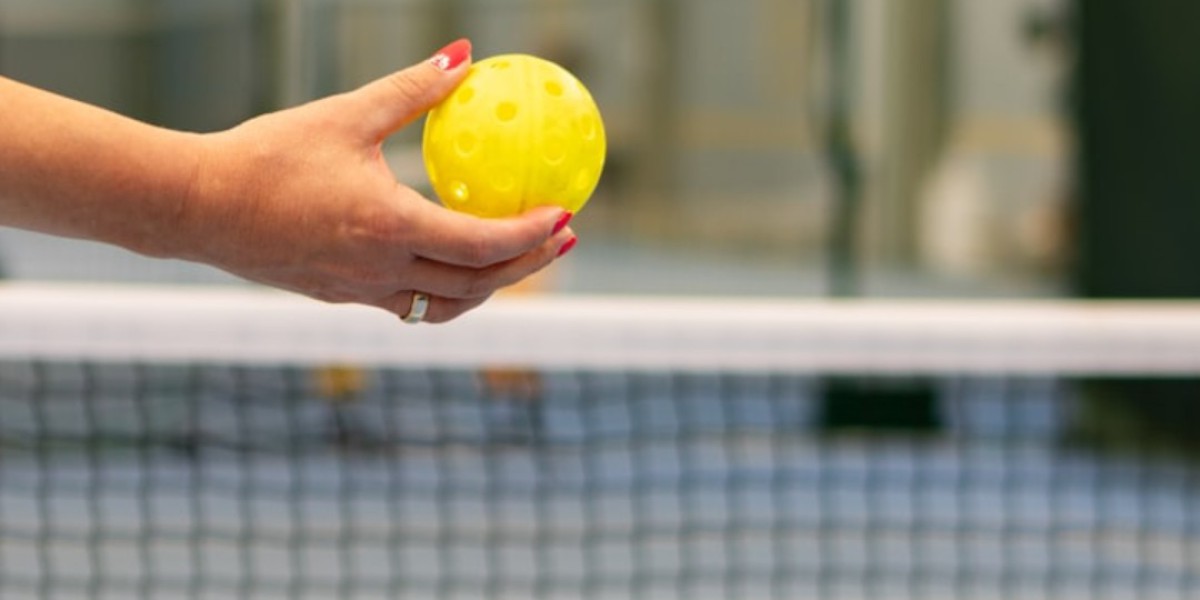Pickleball, the dynamic and rapidly growing sport, offers players of all ages and skill levels the opportunity to engage in fast-paced rallies and exciting gameplay. Central to the strategy and tactics of pickleball is the concept of the "kitchen," also known as the non-volley zone. In this comprehensive guide, we'll explore everything you need to know about the pickleball kitchen rules, including its dimensions, its significance in gameplay, and strategies for mastering this critical aspect of the sport.
Understanding the Kitchen
The kitchen, often referred to as the non-volley zone, is a seven-foot area located on both sides of the pickleball net. It extends from the net to a line drawn parallel to the net and seven feet away from it. The purpose of the kitchen is to promote fair play and prevent players from executing overly aggressive volleys near the net, thereby fostering longer rallies and more strategic gameplay.
Kitchen Rules
Several key rules govern the use of the kitchen during pickleball matches. Understanding and adhering to these rules is essential for maintaining fair play and avoiding costly faults. Here are the primary kitchen rules:
No Volleying: Players are not allowed to volley (hit the ball in the air without letting it bounce) while standing within the kitchen. This rule aims to prevent players from gaining an unfair advantage by dominating the net.
Foot Faults: Stepping into the kitchen while volleying the ball constitutes a foot fault. Players must ensure that both feet remain behind the kitchen boundary line when volleying shots near the net.
Double Bounce Rule: The double bounce rule applies to shots executed within the kitchen. Players must allow the ball to bounce once on their side of the court before entering the kitchen to hit it. After the ball has bounced once on each side, players are free to enter the kitchen and volley the ball if it remains within the boundaries.
Strategic Considerations
Mastering the pickleball kitchen requires a combination of skill, timing, and strategic awareness. Here are some essential strategies for navigating the kitchen effectively:
Controlled Placement: Instead of attempting aggressive volleys from the kitchen, focus on placing shots strategically to keep your opponents off balance. Aim for the sidelines or deep corners of the court to force your opponents into difficult positions.
Use Soft Touch Shots: Develop a repertoire of soft touch shots, such as dinks and drop shots, to exploit openings in your opponents' defense. These shots can be particularly effective when executed from the kitchen, as they require precision and finesse rather than power.
Maintain Positioning: While it's essential to be aggressive when the opportunity presents itself, avoid rushing into the kitchen unnecessarily. Maintain good positioning on the court and be prepared to move quickly to capitalize on your opponent's weaknesses.
Work as a Team: In doubles play, communication and teamwork are critical when navigating the kitchen. Coordinate with your partner to cover the court effectively and anticipate each other's movements to maintain control of the net.
Common Mistakes to Avoid
Even experienced pickleball players can fall victim to common mistakes when it comes to navigating the kitchen. By being aware of these pitfalls, you can avoid costly errors and maintain a competitive edge on the court. Here are some common mistakes to avoid:
Overreaching: Attempting to hit volleys from the kitchen that are out of reach can lead to foot faults or missed shots. Focus on maintaining good balance and footwork to stay within the boundaries of the kitchen while executing shots.
Ignoring Positioning: Failing to maintain proper positioning on the court can leave you vulnerable to opponents' attacks. Stay alert and be prepared to move quickly to cover the court effectively and maintain control of the kitchen.
Lack of Communication: In doubles play, communication with your partner is essential for coordinating your movements and covering the court effectively. Avoid confusion and missed opportunities by communicating clearly and staying in sync with your partner.
Conclusion
The pickleball kitchen is a critical element of the sport that requires skill, strategy, and tactical awareness to navigate effectively. By understanding the rules governing the kitchen, implementing strategic approaches, and avoiding common mistakes, players can gain a competitive advantage and elevate their gameplay to new heights. Whether you're a beginner learning the basics or a seasoned player honing your skills, mastering the pickleball kitchen will enhance your overall performance and contribute to a more enjoyable and rewarding playing experience. So step onto the court, embrace the challenge, and let your skills in the kitchen shine!



